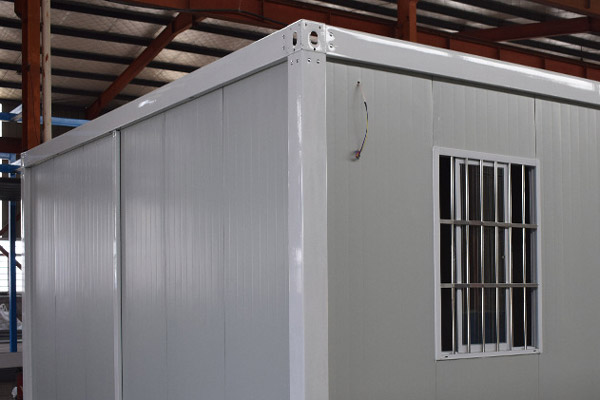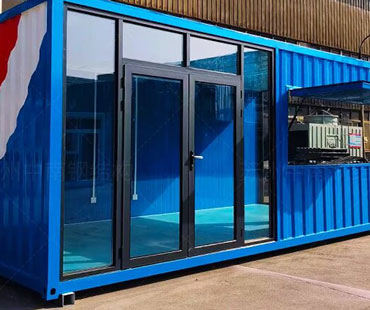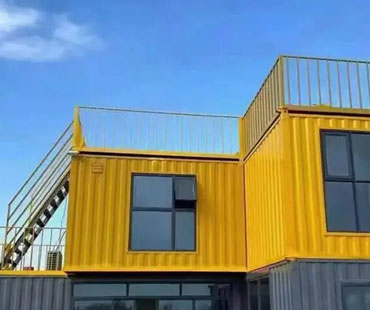The container market has evolved significantly over the past few decades, driven by the globalization of trade and advancements in shipping technology. As businesses and economies become increasingly interdependent, the demand for shipping containers—both new and used—continues to grow. This article examines the investment opportunities within the container market and provides a thorough risk analysis for potential investors.
The container market has seen remarkable growth, with the global shipping container fleet expanding to accommodate rising trade volumes. According to industry reports, the total number of containers in circulation has grown exponentially, driven by the increasing reliance on international supply chains. This growth presents a wealth of investment opportunities, particularly in the following areas:
1.New Container Manufacturing
Investing in the production of new containers can be lucrative. As shipping companies expand their fleets to meet demand, manufacturing facilities that produce durable and high-quality containers are in high demand. Technological advancements in materials and production processes can also lead to more efficient manufacturing, reducing costs and increasing profits.
2.Used Container Market
The second-hand container market offers significant investment potential. Many shipping companies sell their used containers after a few years of service, often at a fraction of the original price. Investors can purchase these containers for various purposes, including:
-Storage Solutions: Used containers are increasingly popular for storage in urban areas where space is limited.
-Modular Construction: Containers can be repurposed for building homes, offices, and retail spaces, offering innovative and cost-effective construction solutions.
-Art and Creative Projects: Artists and entrepreneurs are using containers for unique installations and business ventures, further driving demand.
3.Container Leasing
Leasing containers is a growing segment of the market, allowing shipping companies to minimize upfront costs while maintaining flexibility. Investors can participate in this market by acquiring containers to lease them to shipping firms. This model provides a steady stream of income and can be particularly attractive in times of high demand.

While the container market offers numerous opportunities, potential investors must consider several factors before engaging in this sector.
1.Market Volatility
The container market is subject to fluctuations based on global economic conditions, trade agreements, and geopolitical tensions. Economic downturns can lead to reduced shipping volumes, impacting container demand and prices. Investors should be prepared for these fluctuations and consider diversifying their investments to mitigate risk.
2.Regulatory Environment
Investors must navigate a complex regulatory landscape associated with shipping and trade. Changes in regulations—such as environmental standards and tariffs—can significantly impact container demand and operational costs. Staying informed about regulatory developments is essential for any investor in this space.
3.Maintenance and Depreciation Costs
Containers, like any asset, require maintenance and have a limited lifespan. Investors should account for maintenance costs, depreciation, and the potential need for refurbishing containers to ensure they remain in good condition and retain value over time.
4.Supply Chain Disruptions
Global supply chains are vulnerable to disruptions from natural disasters, pandemics, and political instability. Such disruptions can affect shipping schedules, container availability, and ultimately, investment returns. Investors should consider the resilience of their supply chains and the potential impact of external factors on their investments.
The container market presents a variety of investment opportunities, from manufacturing and leasing to the used container market. However, prospective investors must conduct thorough research and risk assessments to navigate the inherent challenges of this sector. By understanding market dynamics and staying informed about industry trends, investors can position themselves to capitalize on the growing demand for shipping containers while managing potential risks effectively.
As the global economy continues to evolve, the container market will likely remain a critical component of international trade, offering both significant opportunities and challenges for savvy investors.


